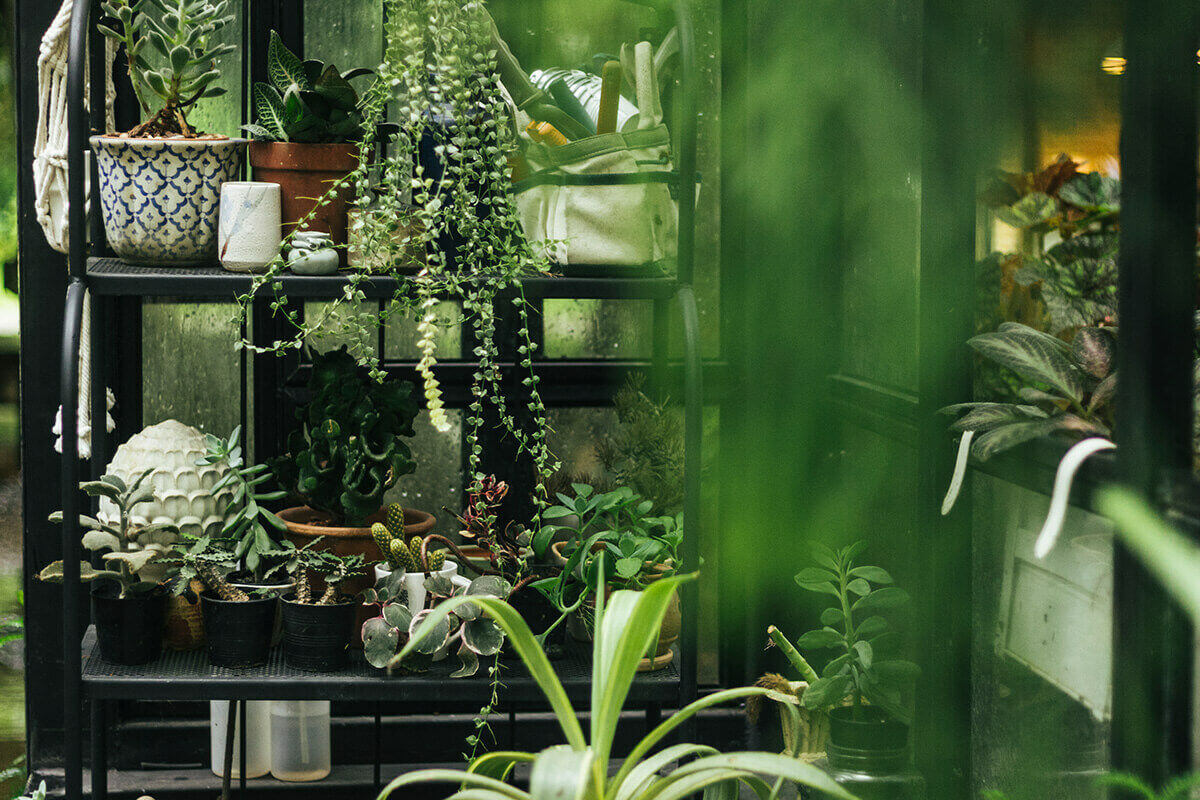Dormancy: survival guide for plants
Not all plants are equally resistant to frost. The extent to which a plant can withstand this is expressed by its winter hardiness. Depending on its hardiness, a plant can be very hardy, moderately hardy or not at all hardy. The greater the plant's winter hardiness, the better it can withstand frost. Nevertheless, you still want all your plants to survive the winter. Which is why we have tips on how to make sure your non-winter-hardy plants will survive the cold.
Protect your tropical plants
Thankfully, the majority of our hedge plants are very frost-resistant. They are winter hardy. However, the tropical plants in our range, which you will find among Mediterranean plants, do not enjoy this as much. These plants usually grow in warmer parts of the world, where there is (almost) no frost. Imagine palm trees, citrus trees, olive trees or vines. Should you have these plants in your garden, it is wise to protect them well against frost. This will prevent them from freezing in winter. We are happy to explain the best way to do this!
Three forms of protection
If the plants in your garden are hardy, there is no need to protect them. They produce a kind of antifreeze which keeps the juices flowing. Moderately hardy plants should be protected only during severe frost, whereas non-hardy plants should be protected during any frost. Protection can be done in three ways, depending on the plant. Namely: packing, insulating or moving.
Wrapping
When it comes to wrapping plants, it is important that the plant is thoroughly dry and can breathe, but does not warm up too quickly. Non-hardy plants do not like large fluctuations in temperature. For this reason, start by laying a layer of leaves or straw on the soil to keep the plant's feet nice and warm. Afterwards, pound some sticks into the soil around the plant and wrap jute or reed mats around these sticks. Avoid wrapping them in plastic, as this material does not allow air to pass through and this can cause the plant to rot. However, the top of the plant can be covered with plastic so it doesn't get too wet!
Insulating
Do you have plants that are really sensitive to frost, then insulating them is an extra step you can take to get them through the winter. You basically carry out the same steps as for wrapping, but pound sticks into the ground once more, about 4 centimetres from the wrapped plant. Again, you wrap jute or reed mats around this and then fill the gap with straw. Put another plastic roof on top and the insulation is done!
Relocating
When you have your Mediterranean plants in pots, it is best to move them indoors. Be it a shed or a greenhouse, that doesn't matter. As long as the room is frost-free. The plants can handle temperatures between 5 and 10 degrees Celsius, but do not allow it to get much colder. If it gets chilly in your shed, you can always wrap the plant in jute.
Ready for spring
In other words, it is very important that your plants are able to breathe and do not get too wet, because they will start to rot. By following the steps above and checking every now and then if they are still dry enough, your plants will survive this winter anyway. This way, you can enjoy them again in spring and summer!
In case you have any questions about protecting your tropical plants, feel free to contact our customer service.



